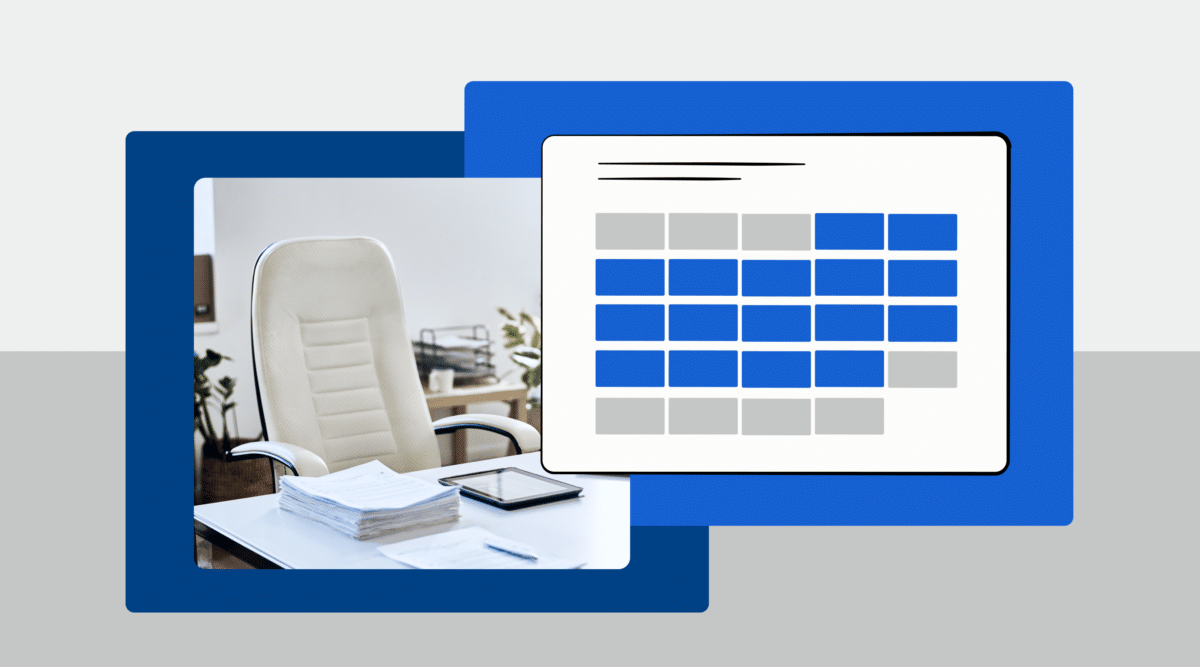
Life happens and sometimes we need to take a step back from our professional lives to focus on our family and health. Lindsay Deacon, instructional coach from Oregon, shares a few tips for ICs who need to take a leave of absence and how to ease back into coaching on their return.
Even before the COVID-19 pandemic, I had a rough start to 2020. In January, I found myself on unexpected leave after a knee injury, and three weeks later my father died after a battle with Alzheimer’s. While I was extremely fortunate to have a team and supervisor who supported me while I was out for an extended period, I struggled daily with the guilt of being unavailable to those I supported in my coaching.
When I returned to the office, I wasn’t prepared for the annoyance and confusion that I experienced. I felt I had missed out on important decisions and professional development at work. The school year didn’t take a pause just because I was out. On top of all this, I was still working to manage my own physical and emotional recovery.
My situation is not unique. I have observed many coach colleagues in similar situations, whether returning from family leave after having a new baby or taking time off for other emergencies. It’s important to acknowledge the uniquely pressing responsibilities of being a coach that are often overlooked.
Prepping for a Planned Absence
In the event of a planned leave of absence, you have some time to strategize ways to keep coaching relevant as you temporarily step back. Below are a few examples of how to prepare:
- Firm up logistics: work with an administrator to select an interim or someone who can temporarily cover your coaching responsibilities. This will allow you some time to prep, plan, and hand over the reins.
- Share your knowledge: after an interim is identified, be sure to clarify responsibilities, details, and expectations of the role. A good way to do this is by conducting a “shadow day” to hash out the details of your day-to-day work. While you can’t create a clone of yourself, your systemic role can likely be covered in some ways. Your interim coach also gets the opportunity to build capacity in their own leadership!
- Communicate with staff: it’s important to announce a replacement (if one will be provided) and connect them with relevant people in the school and district office. Daily responsibilities and projects can be outlined for a temporary transition, and the coach should provide access to helpful templates, documents, and protocols so that staff aren’t left in the lurch.
Unexpected Absences
Now, the inevitable: the unexpected leave of absence. When this happens, it’s common for a coach to feel a sense of guilt for not being available. It’s important to remember that work will always be waiting, and that your physical and/or mental health should be the first priority. Here are a few ways to cope with the leave:
- Handle logistics: communicate to teachers that you’re going out-of-office, and when they can expect your return. If this isn’t possible for you to do yourself, a trusted colleague can do this on your behalf. Set an out-of-office message with forwarding information on email and/or voicemail in case of emergency. Remember to provide access to any electronic files or documents that others may need, so that they have resources available in the meantime.
- Be transparent: coaches hold so much institutional knowledge that it’s common for school staff members to continue to reach out for support, even when the coach is on leave. Be transparent about temporarily stepping back so that there is no confusion or unnecessary chaos and, if possible, redirect them to someone who can help.
- Support your own health and well-being: while away, find ways to laugh, such as watching a funny movie or playing games with a friend to help manage any loneliness.
Returning from Leave
Coaches serve a unique role in their schools, so when they return from a (planned or unexpected) leave of absence, they will need to take proactive measures to resituate themselves:
- Reconnect with your principal: take time to schedule a reconnection meeting with the principal and identify time to catch up on missed professional development, emails, and general business. It’s also a good time to discuss any accommodations you might need, including a reduced work-schedule such as half-days or a four-day week.
- Re-establish communication: you can use email to let staff know you’re returning, and to check in with regular coaching clients to re-establish a schedule. If school staff are used to you responding to communications after school hours, then clarify if that may no longer be the norm.
- Practice your morning routine: easing back into business mid-year requires a coach to prepare mentally for their return. It can be helpful to practice your morning routine a couple times before actually going back. For example, new parents might wish to find out how long it will take to shower, eat, pack, nurse, drop off and commute.
- Give yourself time: when returning from a longer absence, a coach can expect some level of disequilibrium—it’s normal! It can be helpful to make the first week back a short one by returning mid-week. Be sure to block plenty of time in the first couple weeks to catch up on missed professional development, emails, and general business before leaping back in.
Final Note
As coaches, we are natural problem-solvers who spend our time caring for others, but we must remember that our family and health always come first. You don’t have to apologize or make excuses for your new priorities in life: at the end of the day, a coach who feels prepared and centered in their own life will be positioned to set others up for success, too!
About Our Guest Blogger
Lindsay Deacon has a passion for coaching and currently serves as a school improvement coach, leadership coach, and soccer coach in Portland, Oregon. She is also the co-author of The EduCoach Survival Guide (2020).
Stay Connected
News, articles, and tips for meeting your district's goals - delivered to your inbox.













